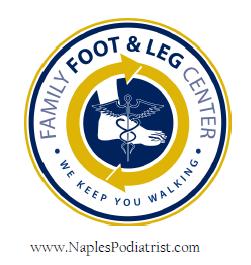Turf Toe
The simplest definition of turf toe is that it is a sprain of the main joint of the big toe. It happens when the toe is forcibly bent up into hyperextension, such as when pushing off into a sprint and having the toe get stuck flat on the ground.
Sprains of the big toe joint became especially prevalent in American football players after artificial turf became more common on playing fields - hence the term "turf toe." Artificial turf is a harder surface than grass and does not have much "give" when forces are placed on it.
Although often associated with football, turf toe occurs in a wide range of sports and activities.

The typical position of the foot when a turf toe injury occurs.
The big toe is made up of two joints. The largest of the two is the metatarsophalangeal joint (MTP), where the first long bone of the foot (metatarsal) meets the first bone of the toe (phalanx). In turf toe, the MTP joint is injured.

The MTP joint is the large joint closest to the base of the big toe.
The joint is surrounded by important structures that hold it in place and prevent it from dislocating. Together these structures are referred to as the "plantar complex."
- Plantar plate. This thick, fibrous tissue under the MTP joint prevents the big toe from bending too far (dorsiflexion).
- Collateral ligaments. Located on each side of the big toe, collateral ligaments connect the phalanx bone to the metatarsal and prevent the toe from going too far side-to-side.
- Flexor hallucis brevis. This tendon runs under the first metatarsal bone and attaches to the phalanx. It provides strength and stability to the big toe during push-off motions.
- Sesamoids. These two small bones are enveloped in the flexor hallucis tendon, and help it to move more easily. In addition, the sesamoids provide stability to the MTP joint by helping to bear weight placed on the forefoot.
 Several structures work together to protect and stabilize the MTP joint.
Several structures work together to protect and stabilize the MTP joint.
Description
The term "turf toe" refers to an injury of any soft tissue structure in the plantar complex, such as the plantar plate or a collateral ligament. These injuries can vary in severity — from stretching of the soft tissue to partial tearing, and even total dislocation of the MTP joint.
To help them plan treatment for turf toe, doctors grade the injuries from 1 to 3 - mild to severe.
- Grade 1. The plantar complex has been stretched causing pin-point tenderness and slight swelling.
- Grade 2. A partial tearing of the plantar complex causes more widespread tenderness, moderate swelling, and bruising. Movement of the toe is limited and painful.
- Grade 3. The plantar complex is completely torn causing severe tenderness, severe swelling, and bruising. It is difficult and painful to move the big toe.
We have treated this injury on and off over the years with similar therapy. Rarely does this require surgery, and there is sparse literature which can be referenced to delineate whether grade 1 and grade 3 injuries are specifically nonsurgical or surgical. We have used a combination of PRP injections with hallux extension BK casting for this injury and have found good success. This is a non surgical approach and has had with it some good short term success. But this may still be a devastating injury for most athletes. (Even notable pros such as Deion Sanders, have had career ending versions of this injury).








